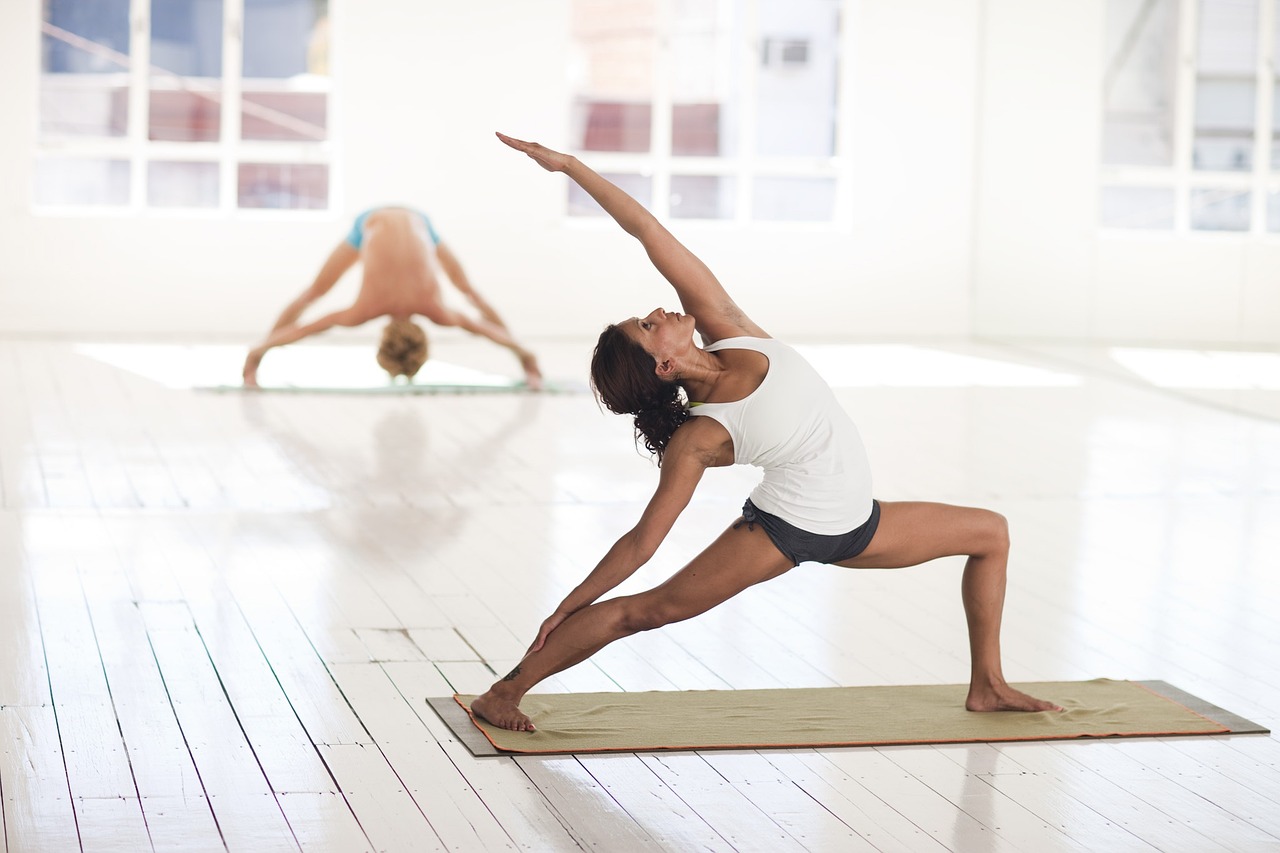As the old saying goes, “one inch longer tendons, prolong life ten years”, many people have a deep feeling about this. As we age, the flexibility of the body’s limbs gradually deteriorate, arms and legs are “stiff”. Perhaps it is for this reason, we can see that both in the city ladies continue to be popular in the yoga movement, or by the sedentary people happy to see a variety of fancy stretching, the same way to the same health goals: stretching. So, is stretching really good for our health? What are the misconceptions and blind spots in our knowledge of stretching?
01
Stiffness in the limbs is a warning from the body:
“If you don’t exercise, you’re going to rust!”
Yoga, Pilates and other exercise enthusiasts may feel that through continuous stretching exercises, in order to realize the shape of the body at the same time, their bodies are healthier than before. But others scoff at the idea, believing that there is no relationship between stretching and promoting physical fitness. So, what is the reality?
Before we can figure this out, we need to know what physical flexibility is. Flexibility refers to the range of motion and stretching ability of the joints, muscles and tendons of our body, and is one of the most direct indicators of physical health. Poor flexibility of the body, mainly due to long-term non-exercise caused by the body’s joints range of motion, muscle strength and other degenerative decline in the results. That is to say, when you feel the body becomes “stiff”, this is the body gives us a warning, telling us to maintain or improve the body functions through exercise.
Stretching is suitable for everyone as an important means of improving and developing flexibility. Many of the stretches use your own body weight as the exercise weight, so they are ideal for inexperienced and weak women and children as an important means of improving flexibility and strength in the joints of the limbs, cervical and lumbar spine, and other bones and joints.
02
Stretching immediately after physical activity
Not only relieves pain but also reduces the risk of sports injuries
For those who participate in regular physical activity, we recommend stretching as a must for muscle relaxation after exercise and, if possible, every day.
This is because, by stretching we can keep our muscles and joints flexible and reduce the likelihood of sports risks. Some studies have shown that blood lactate concentration and muscle soreness decreased significantly in the stretching group after exercise compared to the non-stretching group, but muscle isometric strength increased significantly. This suggests that stretching immediately after exercise will effectively promote blood circulation and redistribution, which is effective in relieving post-exercise fatigue, localized soreness and excessive muscle tension, although post-exercise soreness still exists for a short period of time.
Since stretching is so good, can’t we stretch a little longer at a time? Studies have shown that the effect of stretching for more than half an hour in total is not a significant increase compared to stretching for 10 minutes, but instead increases the risk of overstretching joints and ligaments due to too much stretching time. We recommend that each stretching action after exercise workout is usually done for 30 seconds – 60 seconds, in 1-2 times, and the total stretching time for various actions is about 10 minutes.
03
Daily Stretching Exercises
Five Points to Remember
The following are a few things to keep in mind during your stretching routine:
First of all, do not hold your breath during static stretching, do stretching and breathing in conjunction with the stretching, stretching can be more deep, long and slow breathing, to make our nerves gradually restore calmness.
Secondly, when stretching, we should do posture stability, do not rely on the left and right swaying or use inertia to increase the stretching amplitude. For example, when we do seated body forward bending, violent forward a shock and other such inertia stretching action, it is easy to cause the body localized overstretching, increasing the risk of sports injuries.
Thirdly, many people think that the stretching range should be stretched until localized pain is effective, this view is also wrong. In the process of stretching, when our body feels pain, in fact, is the body is suggesting that there is a problem here, this time you should immediately stop stretching to find out the cause of the pain. If you insist on continuing to stretch, it is easy to make the injury worse.
Fourth, static stretching is not the longer the better. Generally speaking, according to the condition and needs of various parts of the body, each action to do static stretching from 30 seconds to 3-5 minutes, do 3-5 times is appropriate, a variety of actions static stretching total time can be controlled in 20-30 minutes.
Fifth, not where the movement is stretched there, stretching exercise should be systemic. Special attention should be paid to the symmetrical stretching, that is, we have to stretch to the left and right sides, not only one side of the body stretching.




